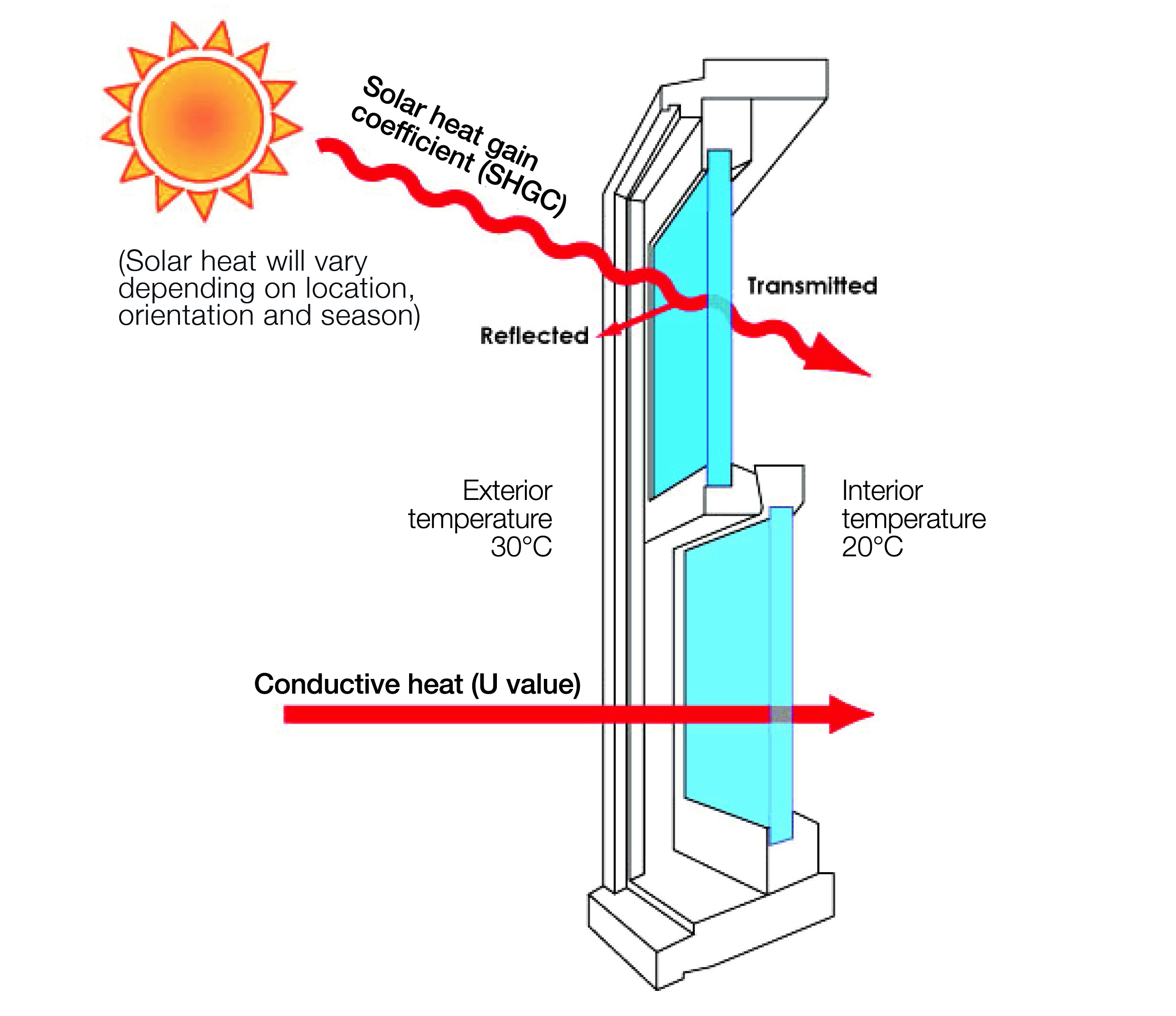All Categories
Featured
Table of Contents
Faq in Westminster WA
That window can transmit more solar heat in winter season than in summertime. A west-facing window on a summer season's afternoon has an angle of occurrence from near 0 as much as 30 with a big reliable location of solar radiation. A north-facing window, in summer season, has a high angle of incidence and a low efficient area of solar radiation, so can send less heat than a west-facing one.

You can rapidly and quickly enhance the thermal performance of your house by changing your windows. There are thousands of types of glass and frames to pick from.
Double Glazed Windows Sydney in Nollamara Perth
Single glazing with clear glass is not very effective when it comes to heat loss or gain. To enhance efficiency, you can use single glazing with a more energy-efficient type of glass such as low emissivity (low-e) glass.
The energy efficiency of IGUs likewise depends on: the homes of each layer of glass. Various glass types (for example, clear and low-e glass) can be put together in an IGU.
5 Benefits Of Double Glazing Windows in South Fremantle WA

IGU cavities can be filled with air or a more inert, low-conductivity gas such as argon the width of the cavity. Cavity thickness is generally 6 to 18mm. Larger cavities provide lower (much better) U values, with 12mm usually accepted as the favored gap how well the cavity is sealed. Cavities must be dry and well sealed to prevent moisture getting in.
If argon is set up to the cavity in place of air, moisture is dependably excluded the level of desiccant (drying agent). The spacer (metal or polymer strip) that separates the glass layers contains a desiccant to take in any moisture. Inadequate desiccant might trigger wetness to condense on the glass surface area in cold conditions, lowering thermal performance.
Top 10 Tips To Keep Your Home Cool in WA Perth
IGUs can provide much better energy performance for all climates, particularly in heated and air-conditioned houses. Cross-section detail of single, double and triple-glazing systems Low emissivity glass (commonly referred to as low-e glass) minimizes heat transfer. Low-e glass may be either high or low transmission: High transmission low-e glass has a finish that enables daytime from the sun to enter the home to accomplish excellent solar heat gain, but reduces the quantity of the long wavelength infrared heat that can escape back through the window.
Low-e glass has either a pyrolytic coating or a vacuum-deposited thin film metal finish. Pyrolytic coatings are resilient and can be utilized for any glazing; vacuum-deposited coatings are soft and are only utilized within IGUs. Low-e finishes can considerably improve both U worth and SHGC; nevertheless, they need to be utilized properly or they will either degrade or fail to carry out as required.
What Are The Benefits Of Double Glazed Windows? in Balcatta WA
Low-e finishes can be utilized in mix with clear, toned or reflective glass. Low-e finishes on glazing can minimize heat transfer where required Image: Department of Industry, Science, Energy and Resources Toned glass has colouring additives consisted of throughout manufacture. It is offered in various colours, normally bronze, grey, blue and green.
Table of Contents
Latest Posts
Triple Glazing Vs. Double Glazing: What Are The Differences? in Willetton Western Australia
Help Control Your House Temperature With Double Glazing ... in Martin Western Australia
How To Diagnose And Fix Misted Double Glazing in Hovea Perth
More
Latest Posts
Triple Glazing Vs. Double Glazing: What Are The Differences? in Willetton Western Australia
Help Control Your House Temperature With Double Glazing ... in Martin Western Australia
How To Diagnose And Fix Misted Double Glazing in Hovea Perth